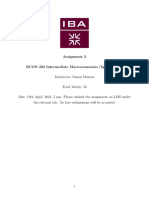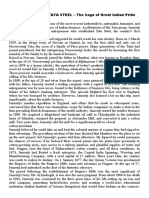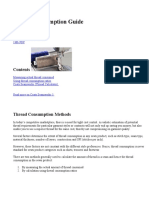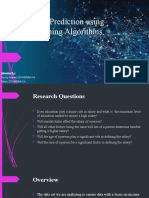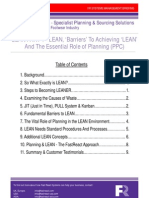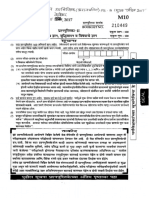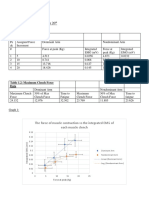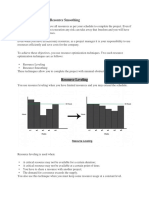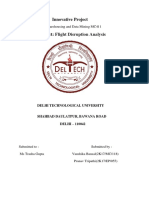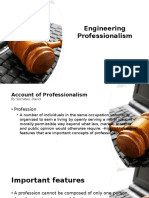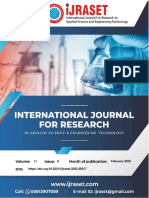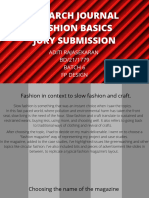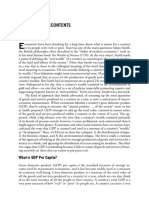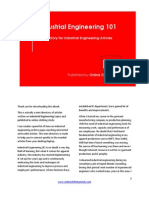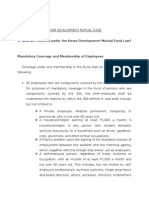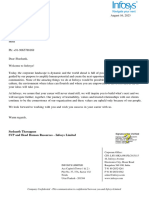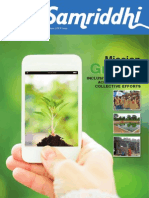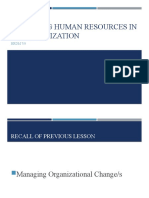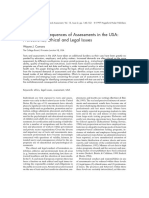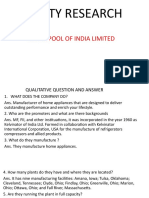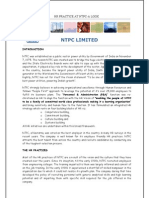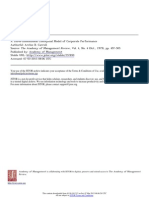0% found this document useful (0 votes)
109 views68 pagesIEMS Module 1
The document provides an overview of an introductory training being conducted at the BGMEA-SEIP Training Institute for domestics. It emphasizes that training can be either dull or fun, boring or enjoyable, depending on factors like openness, focus, and energy. The training covers topics such as ground rules, course objectives and modules, and an overview of the Bangladesh garment industry.
Uploaded by
VenkatramananCopyright
© © All Rights Reserved
We take content rights seriously. If you suspect this is your content, claim it here.
Available Formats
Download as PDF, TXT or read online on Scribd
0% found this document useful (0 votes)
109 views68 pagesIEMS Module 1
The document provides an overview of an introductory training being conducted at the BGMEA-SEIP Training Institute for domestics. It emphasizes that training can be either dull or fun, boring or enjoyable, depending on factors like openness, focus, and energy. The training covers topics such as ground rules, course objectives and modules, and an overview of the Bangladesh garment industry.
Uploaded by
VenkatramananCopyright
© © All Rights Reserved
We take content rights seriously. If you suspect this is your content, claim it here.
Available Formats
Download as PDF, TXT or read online on Scribd
/ 68




